Home>Furniture & Design>Bathroom Accessories>How To Sanitize Toothbrush Head
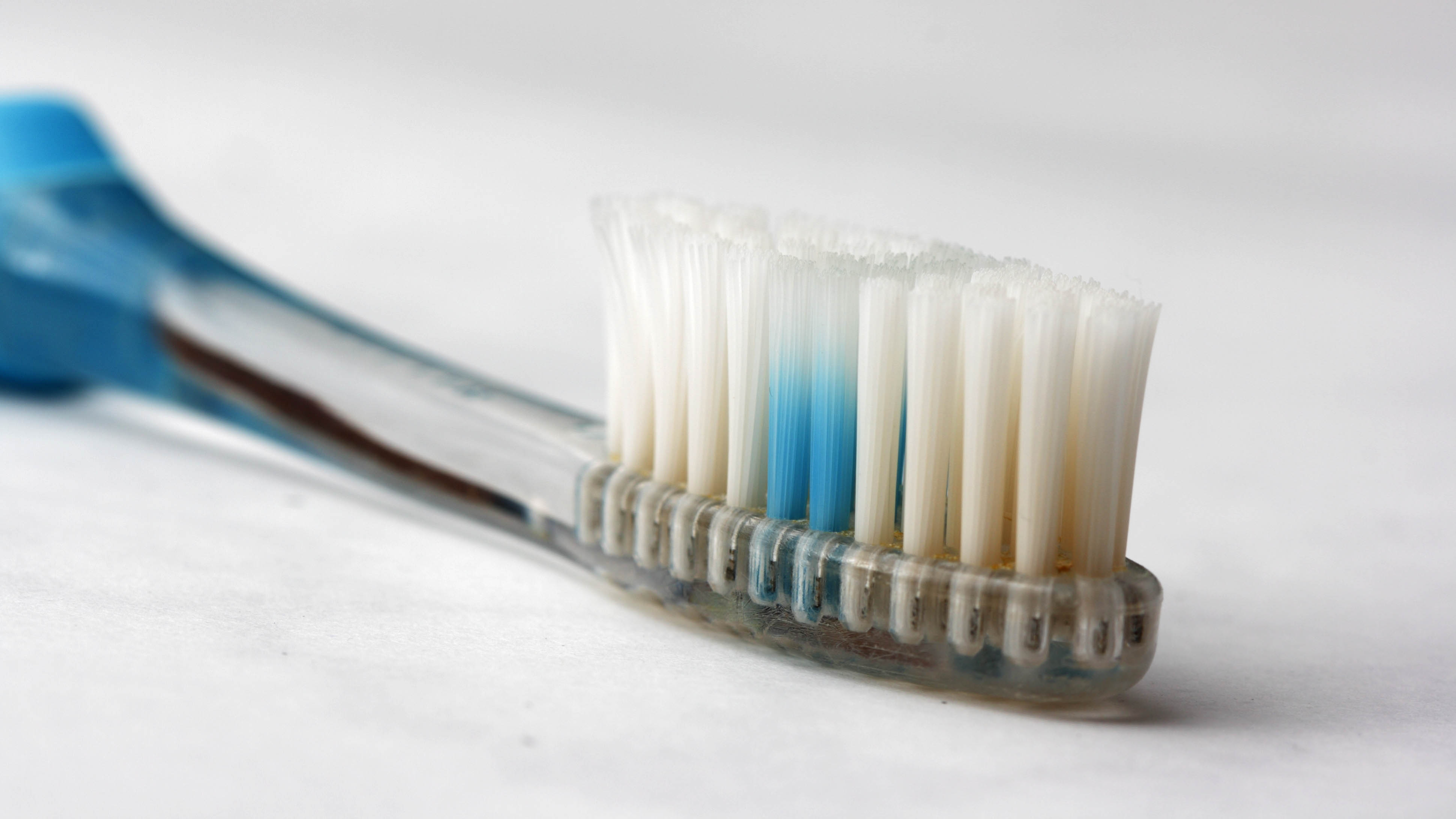

Bathroom Accessories
How To Sanitize Toothbrush Head
Modified: August 17, 2024
Learn how to properly sanitize your toothbrush head and other bathroom accessories for a cleaner and healthier oral hygiene routine. Discover effective methods and tips. Keep your bathroom accessories germ-free!
(Many of the links in this article redirect to a specific reviewed product. Your purchase of these products through affiliate links helps to generate commission for Storables.com, at no extra cost. Learn more)
Introduction
Maintaining good oral hygiene is essential for overall health, and one often overlooked aspect of this is the cleanliness of our toothbrushes. While we diligently brush our teeth to keep them clean and healthy, we may not realize that our toothbrush heads can harbor bacteria, germs, and other microorganisms. This is where the importance of sanitizing toothbrush heads comes into play.
A toothbrush is a breeding ground for bacteria due to its moist environment and exposure to oral and airborne germs. Every time we brush, our toothbrush heads come into contact with bacteria from our mouths, as well as the surrounding environment. Without proper sanitization, these bacteria can thrive and pose potential health risks.
In this article, we will explore the significance of sanitizing toothbrush heads and discuss various methods to effectively eliminate harmful bacteria and ensure optimal oral hygiene. By understanding the importance of this often overlooked practice and learning how to properly sanitize toothbrush heads, we can take proactive steps to safeguard our oral health and overall well-being.
Key Takeaways:
- Regularly sanitizing toothbrush heads using methods like rinsing with water and soaking in mouthwash can reduce harmful bacteria, promote fresher breath, and contribute to better oral health.
- Utilizing UV sanitizers and replacing toothbrushes every 3-4 months can help prevent bacterial contamination, protect against illnesses, and maintain a healthier living environment.
Read more: What Is The Best Toothbrush Sanitizer?
Why It's Important to Sanitize Toothbrush Head
Ensuring the cleanliness of our toothbrush heads is crucial for maintaining good oral hygiene and overall health. The moist environment of a toothbrush, combined with exposure to oral and airborne germs, creates an ideal breeding ground for bacteria. Every time we brush our teeth, our toothbrush heads come into contact with bacteria from our mouths, as well as the surrounding environment. Without proper sanitization, these bacteria can thrive and pose potential health risks.
The accumulation of bacteria on toothbrush heads can lead to a range of oral health issues. One of the most common concerns is the risk of reintroducing harmful bacteria into the mouth during brushing, which can contribute to oral infections, gum disease, and other dental problems. Additionally, individuals with compromised immune systems, such as those undergoing chemotherapy or organ transplant recipients, are particularly vulnerable to the potential health risks associated with contaminated toothbrush heads.
Furthermore, neglecting to sanitize toothbrush heads can result in the spread of illnesses within households. When multiple toothbrushes are stored in close proximity, bacteria can easily transfer from one brush to another, increasing the likelihood of cross-contamination. This is especially concerning in households with young children, as their developing immune systems may not effectively combat the harmful bacteria present on unsanitized toothbrush heads.
In addition to the oral health implications, the presence of bacteria on toothbrush heads can also contribute to bad breath, or halitosis. The bacteria that accumulate on toothbrush bristles can produce volatile sulfur compounds, which are a primary cause of bad breath. By regularly sanitizing toothbrush heads, individuals can mitigate the risk of developing halitosis and maintain fresher breath.
By understanding the potential consequences of neglecting to sanitize toothbrush heads, individuals can appreciate the importance of incorporating this practice into their oral hygiene routine. Implementing effective sanitization methods can help mitigate the risks associated with bacterial contamination, promoting better oral health and overall well-being.
Soak the toothbrush head in a solution of 1 part bleach to 3 parts water for 5-10 minutes, then rinse thoroughly. Do this once a week to kill bacteria and germs.
Methods for Sanitizing Toothbrush Head
-
Rinsing with Water: After each use, thoroughly rinse the toothbrush head under running water to remove any remaining toothpaste, food particles, and saliva. This simple yet essential step helps to wash away surface debris and reduce the initial buildup of bacteria on the bristles.
-
Soaking in Mouthwash: Submerging the toothbrush head in antibacterial mouthwash for several minutes can effectively kill germs and bacteria. Mouthwash contains ingredients such as alcohol and essential oils that possess antimicrobial properties, making it a convenient and accessible option for sanitizing toothbrush heads.
-
Boiling Water: Boiling the toothbrush head in water for a few minutes can help eliminate bacteria and germs. This method is particularly useful for toothbrushes with detachable heads, as the heat from boiling water can penetrate and sanitize hard-to-reach areas.
-
UV Sanitizers: UV sanitizers are specialized devices designed to kill bacteria and germs using ultraviolet light. These compact and efficient gadgets are specifically engineered for sanitizing toothbrush heads, providing a convenient and thorough sanitization method.
-
Hydrogen Peroxide Solution: Immersing the toothbrush head in a hydrogen peroxide solution for a few minutes can effectively disinfect the bristles. Hydrogen peroxide is known for its antimicrobial properties and can serve as a potent yet gentle sanitizing agent for toothbrush heads.
-
Vinegar Soak: A solution of water and vinegar can be used to soak the toothbrush head, as vinegar possesses antibacterial properties. After soaking for several minutes, thoroughly rinse the toothbrush to remove any residual vinegar odor.
-
Antibacterial Toothbrush Covers: Utilizing antibacterial toothbrush covers can provide an additional layer of protection against bacterial contamination. These covers are designed to inhibit the growth of bacteria on toothbrush heads, complementing regular sanitization practices.
By incorporating these methods into a regular oral hygiene routine, individuals can effectively sanitize their toothbrush heads, reducing the risk of bacterial contamination and promoting optimal oral health. It is important to note that toothbrushes should be replaced every three to four months, or sooner if the bristles appear frayed or worn, to maintain effective oral hygiene practices.
Conclusion
In conclusion, the importance of sanitizing toothbrush heads cannot be overstated when it comes to maintaining optimal oral hygiene and overall well-being. By recognizing the potential health risks associated with bacterial contamination on toothbrush heads, individuals can take proactive measures to safeguard their oral health.
Regularly sanitizing toothbrush heads through simple yet effective methods such as rinsing with water, soaking in mouthwash, or utilizing UV sanitizers can significantly reduce the presence of harmful bacteria and germs. These proactive measures not only contribute to better oral health but also help mitigate the risk of cross-contamination and the spread of illnesses within households.
Furthermore, the impact of sanitized toothbrush heads extends beyond oral health, as it can also contribute to fresher breath by minimizing the presence of bacteria that lead to halitosis. By incorporating these sanitization methods into daily oral hygiene routines, individuals can enhance their overall oral care practices and promote a healthier environment for their families.
It is important to emphasize the significance of replacing toothbrushes every three to four months, or sooner if the bristles show signs of wear, to ensure optimal cleaning efficacy. Additionally, maintaining proper storage practices, such as allowing toothbrushes to air dry and avoiding contact between multiple brushes, can further support the efforts to keep toothbrush heads free from bacterial contamination.
By prioritizing the sanitization of toothbrush heads and integrating these practices into daily oral care routines, individuals can take proactive steps to mitigate the potential health risks associated with bacterial contamination. Ultimately, the simple act of sanitizing toothbrush heads can contribute to better oral health, fresher breath, and a healthier living environment for individuals and their families.
Frequently Asked Questions about How To Sanitize Toothbrush Head
Was this page helpful?
At Storables.com, we guarantee accurate and reliable information. Our content, validated by Expert Board Contributors, is crafted following stringent Editorial Policies. We're committed to providing you with well-researched, expert-backed insights for all your informational needs.
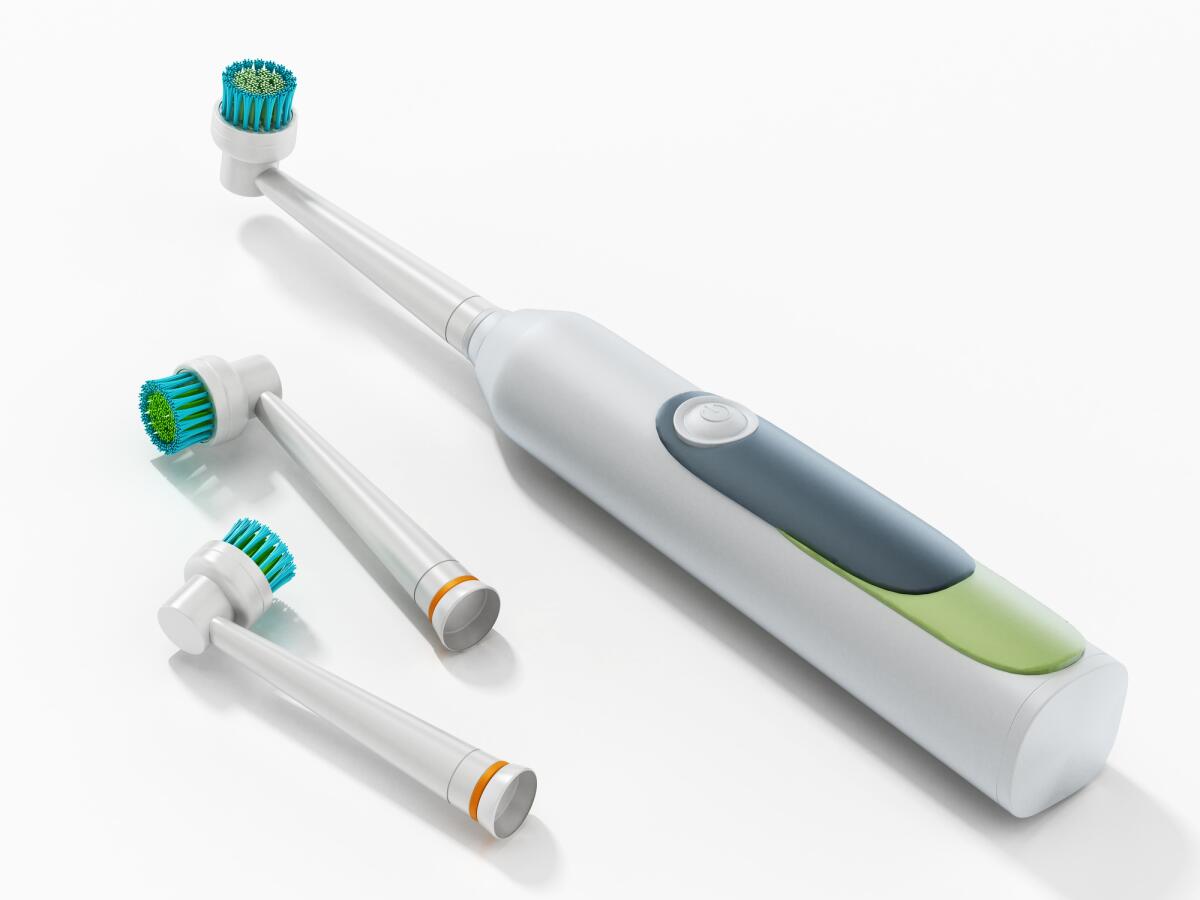

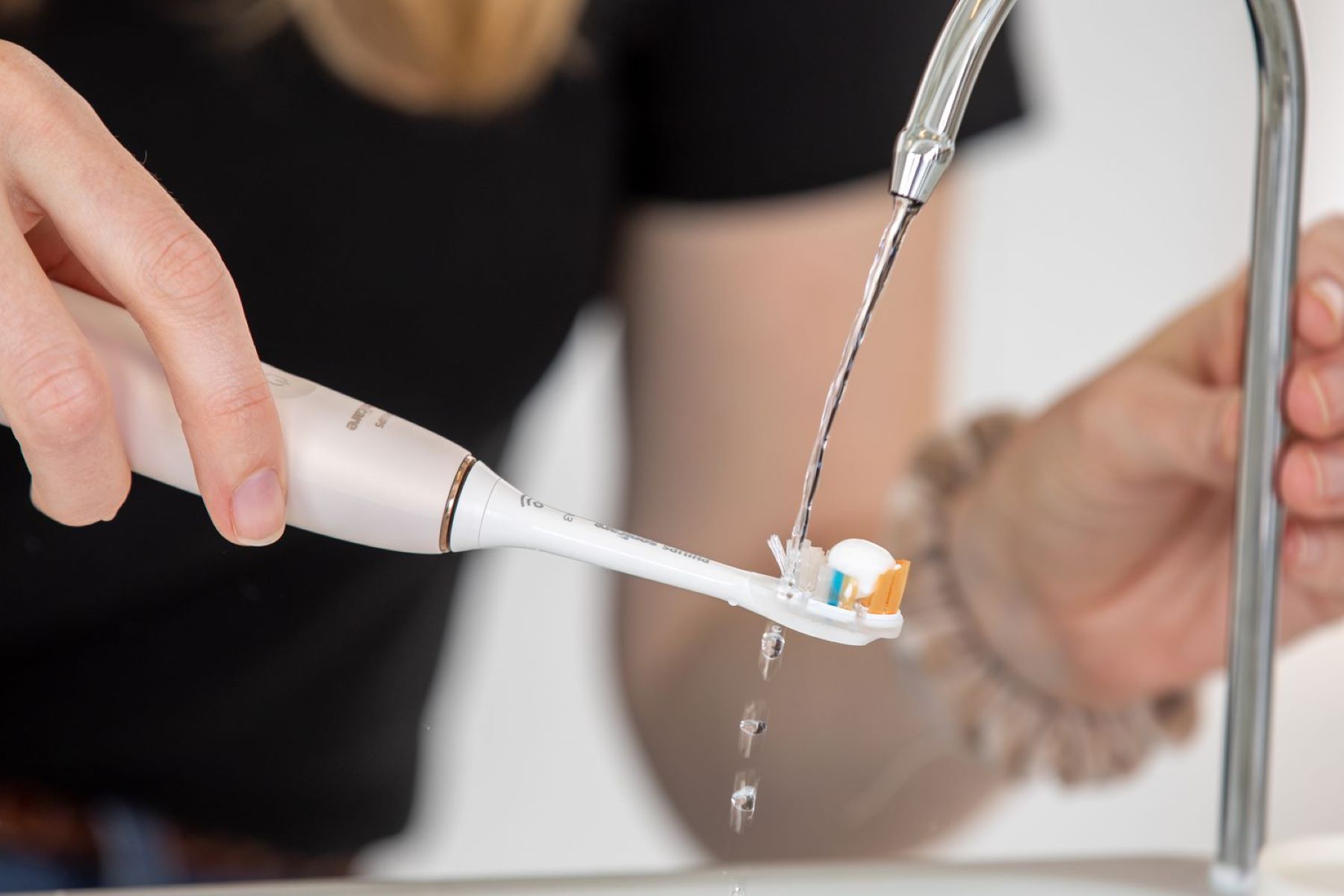
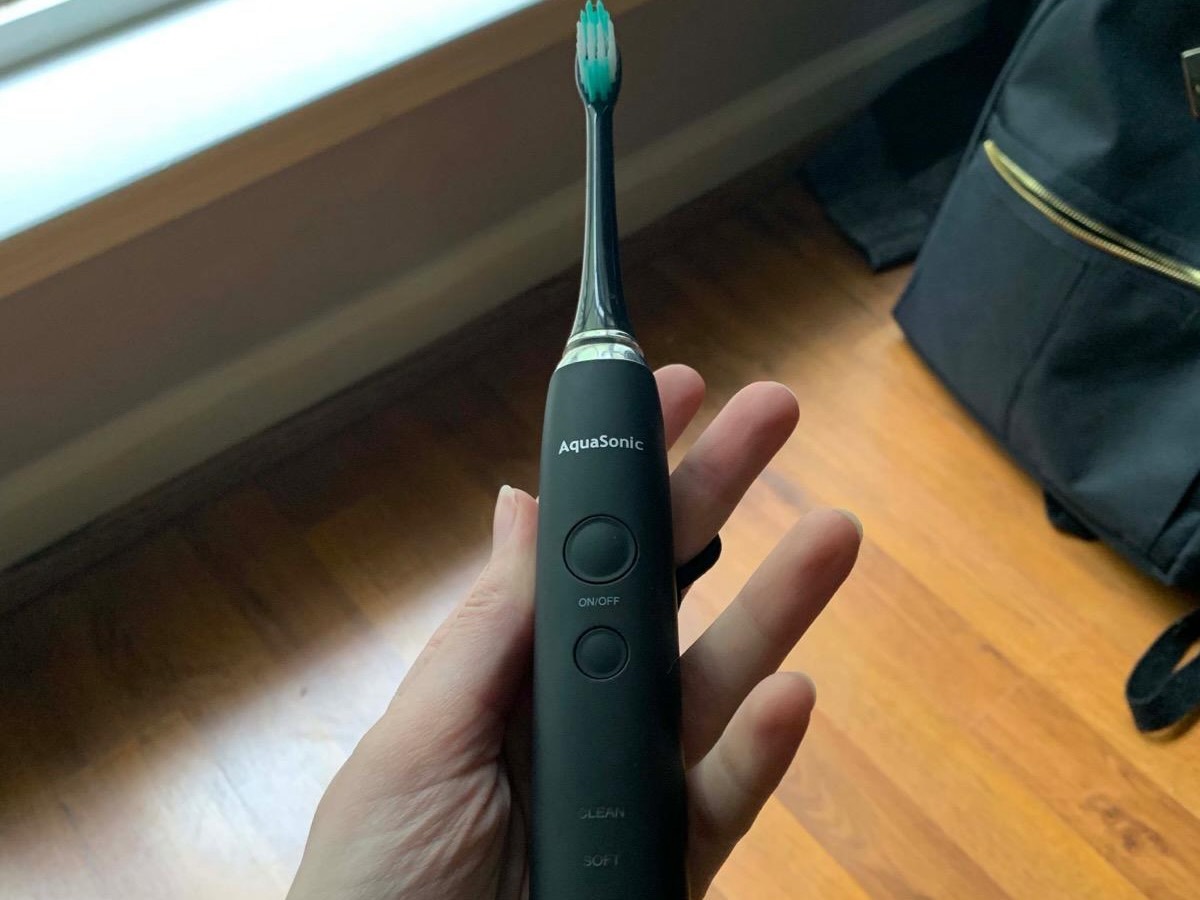
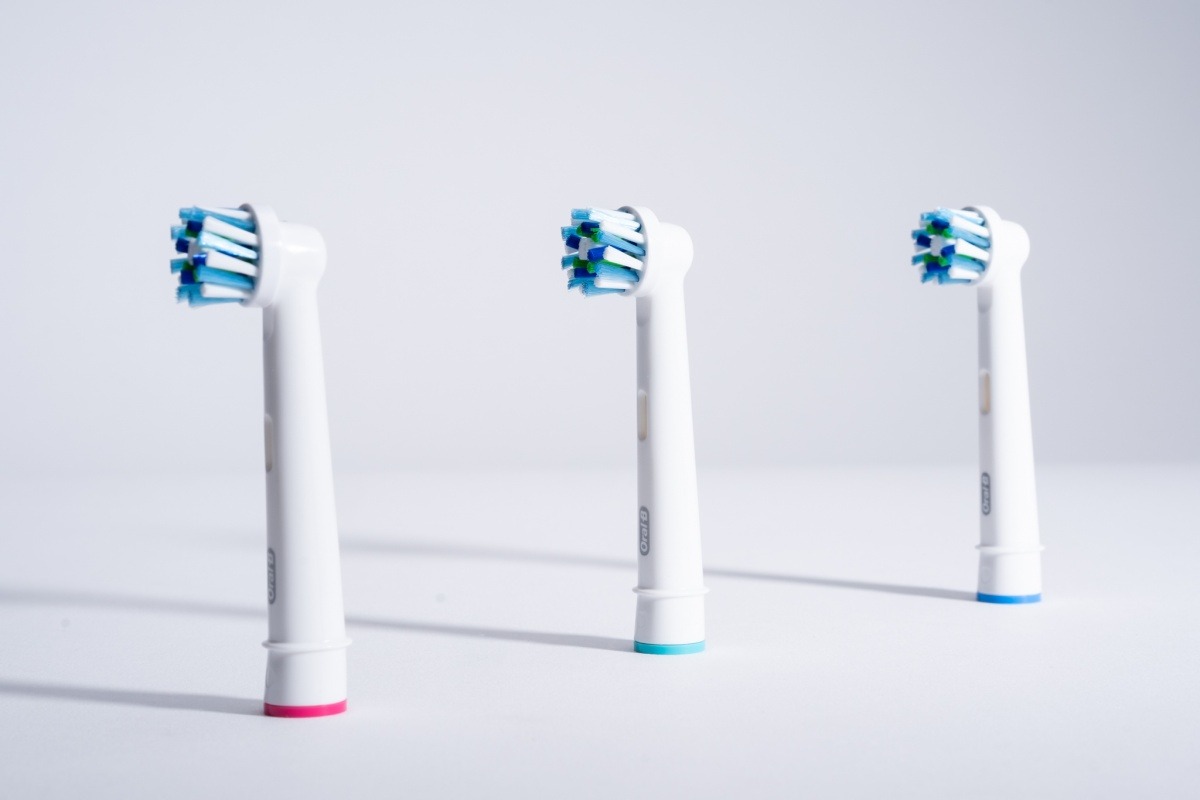
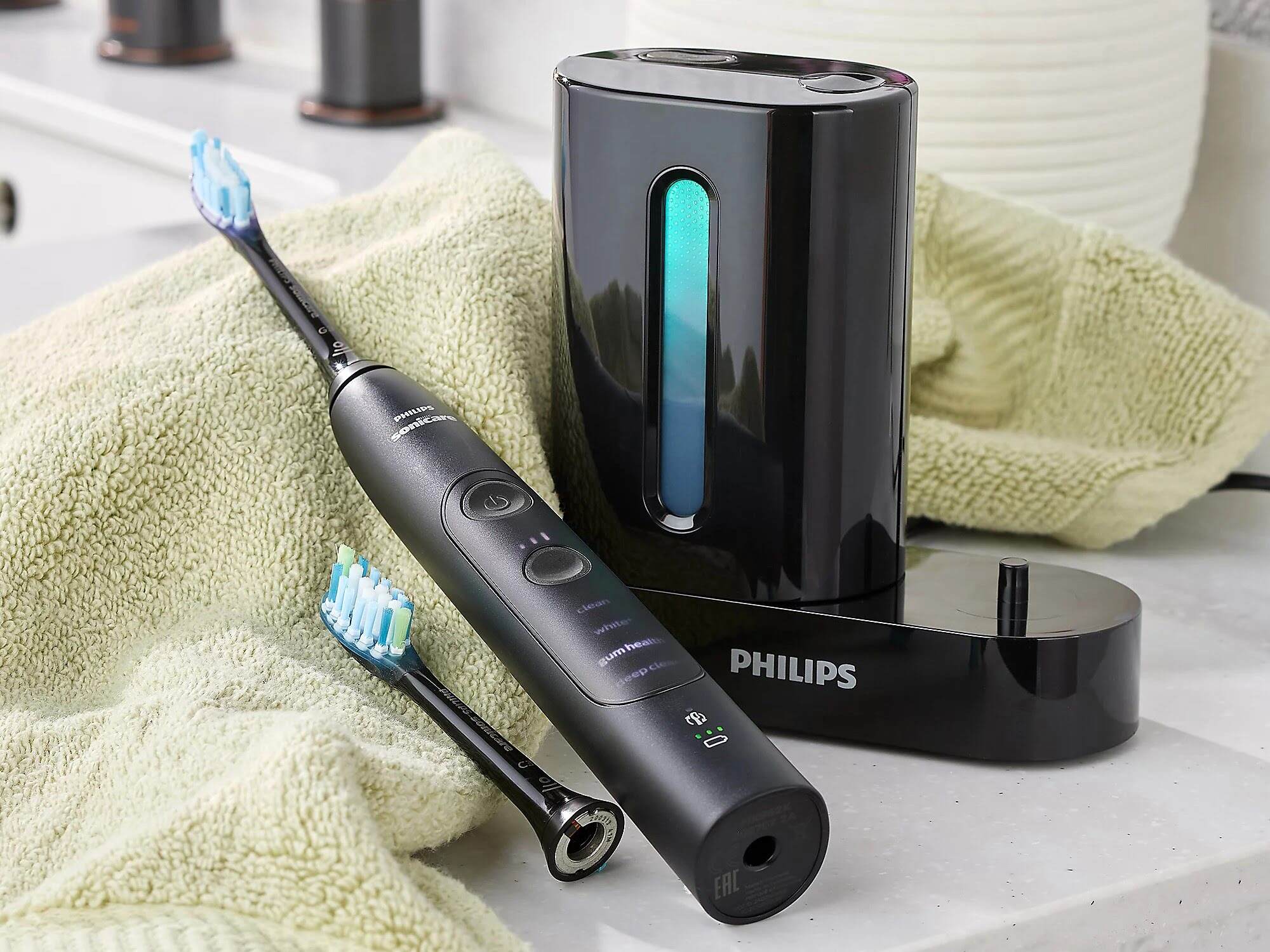
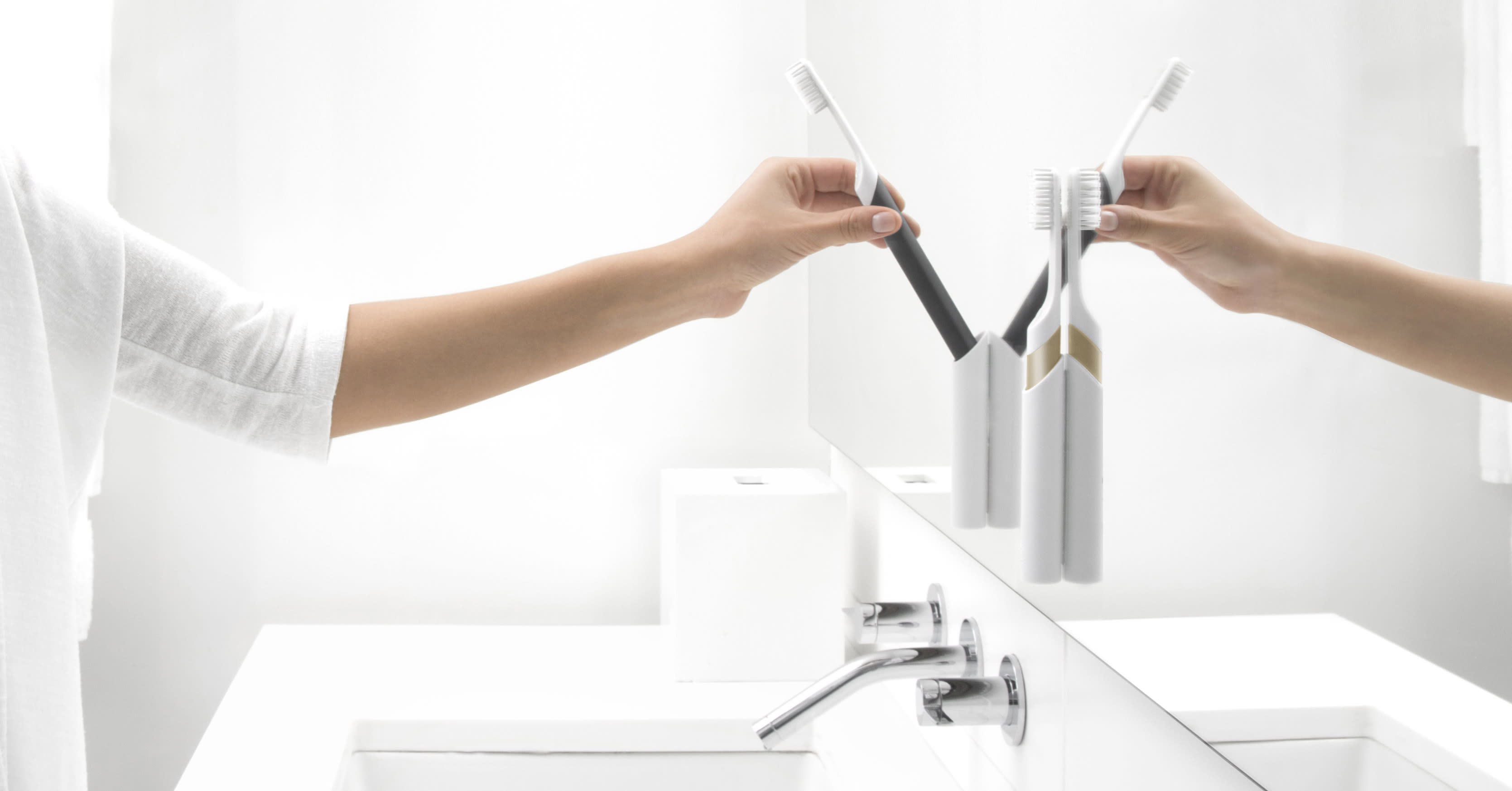
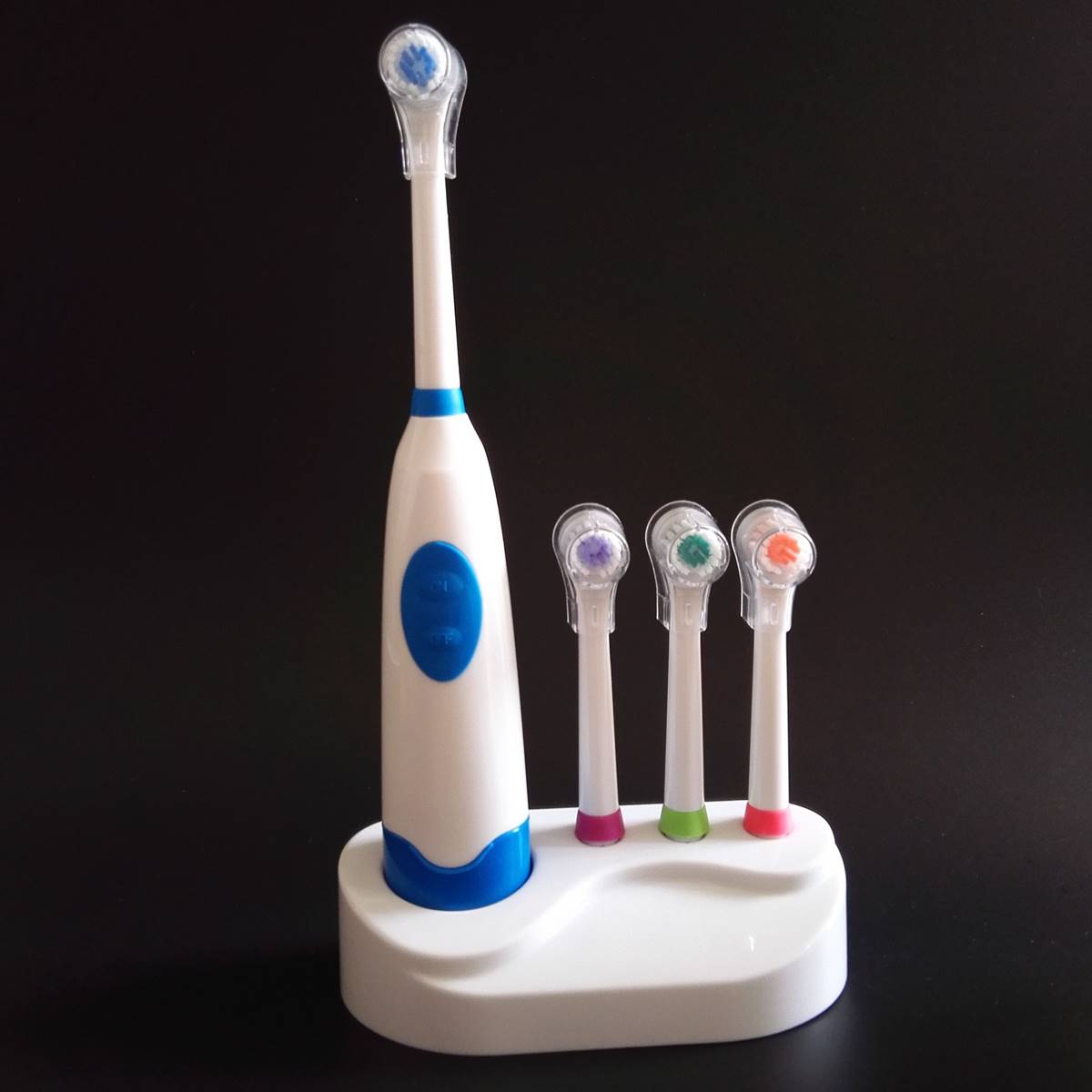
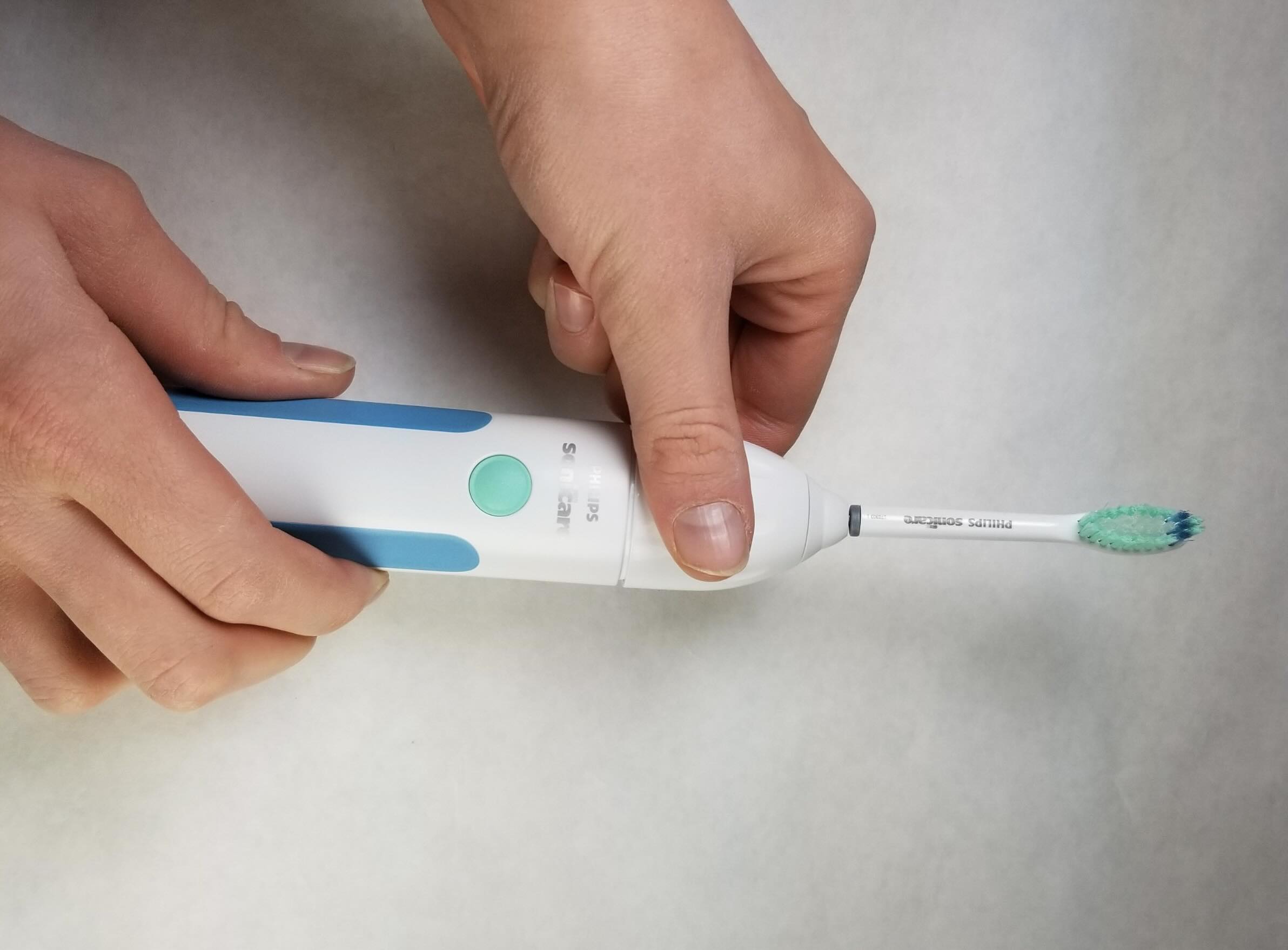
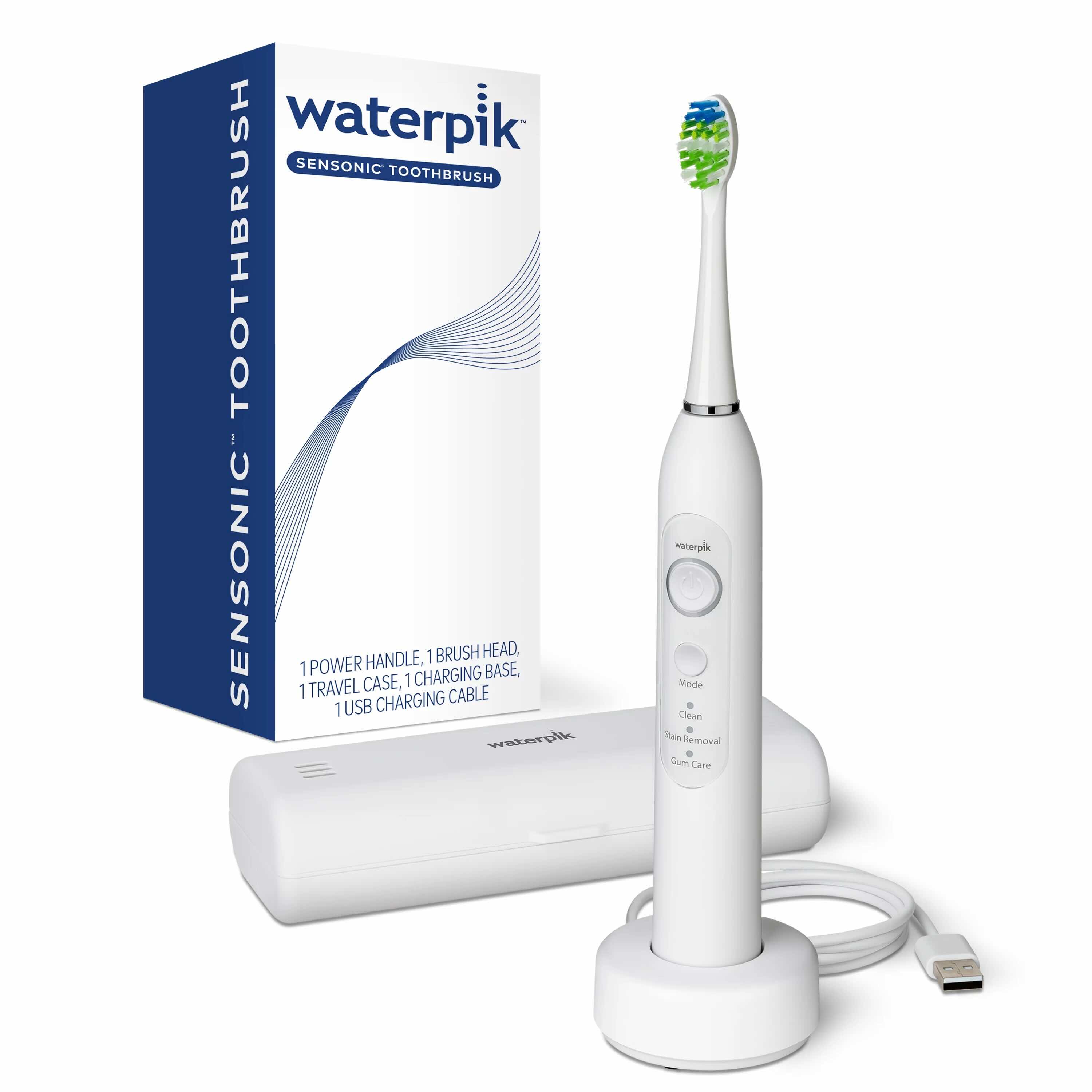
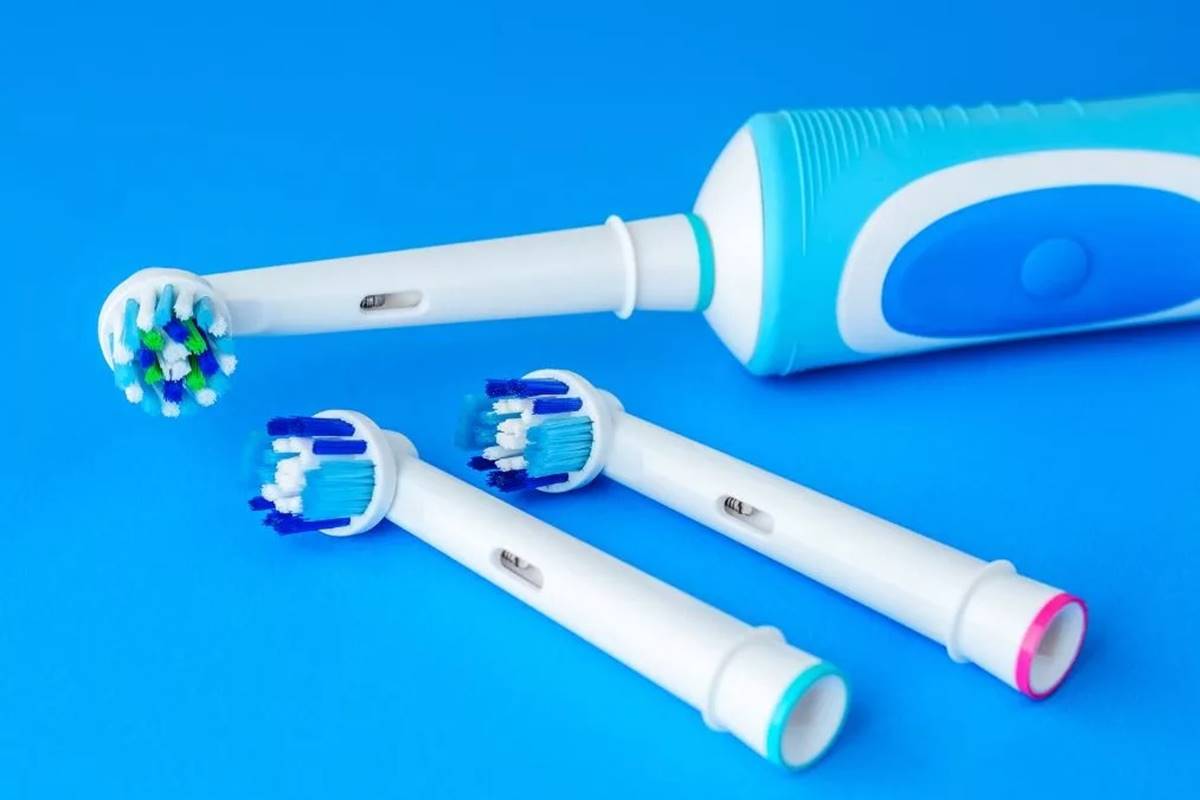
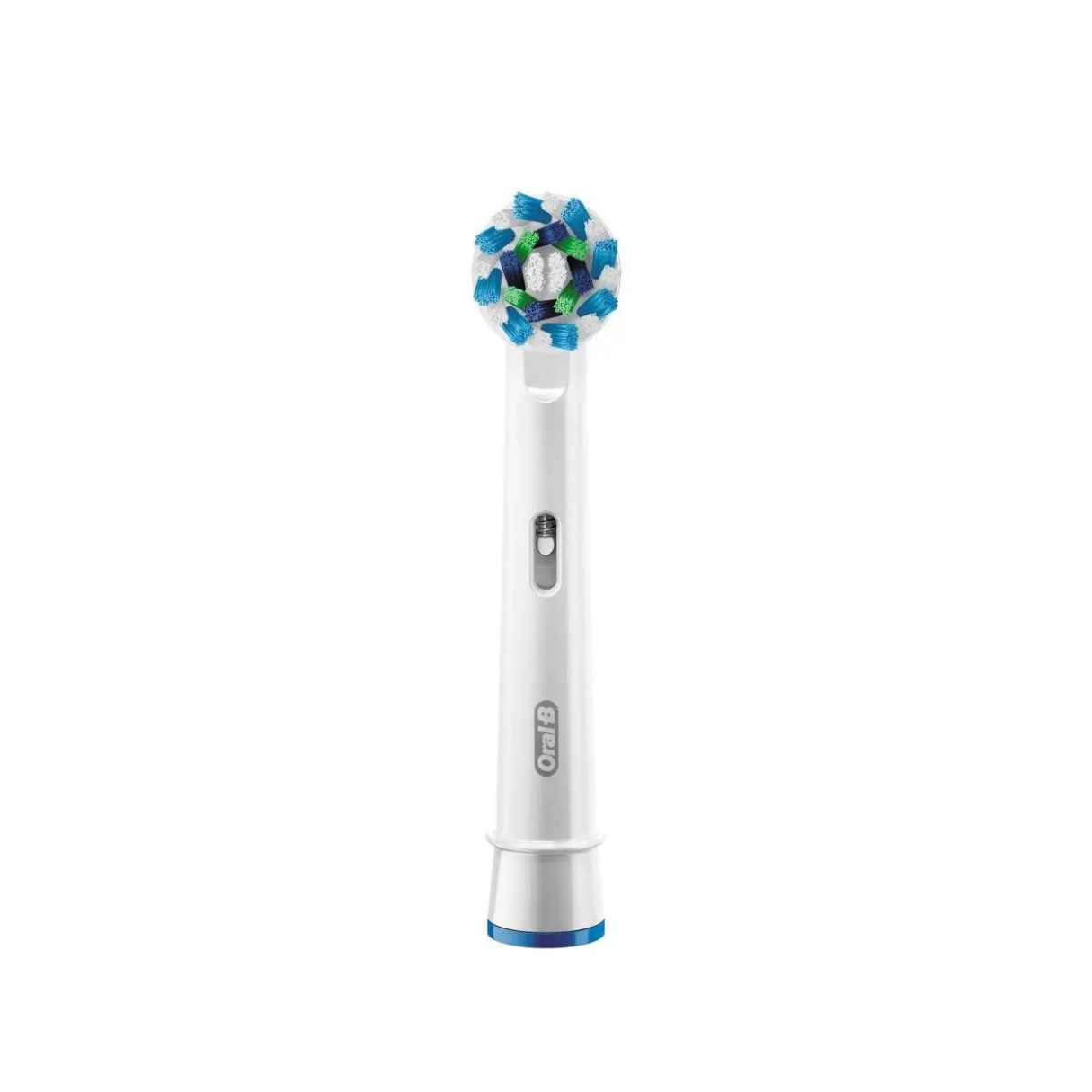
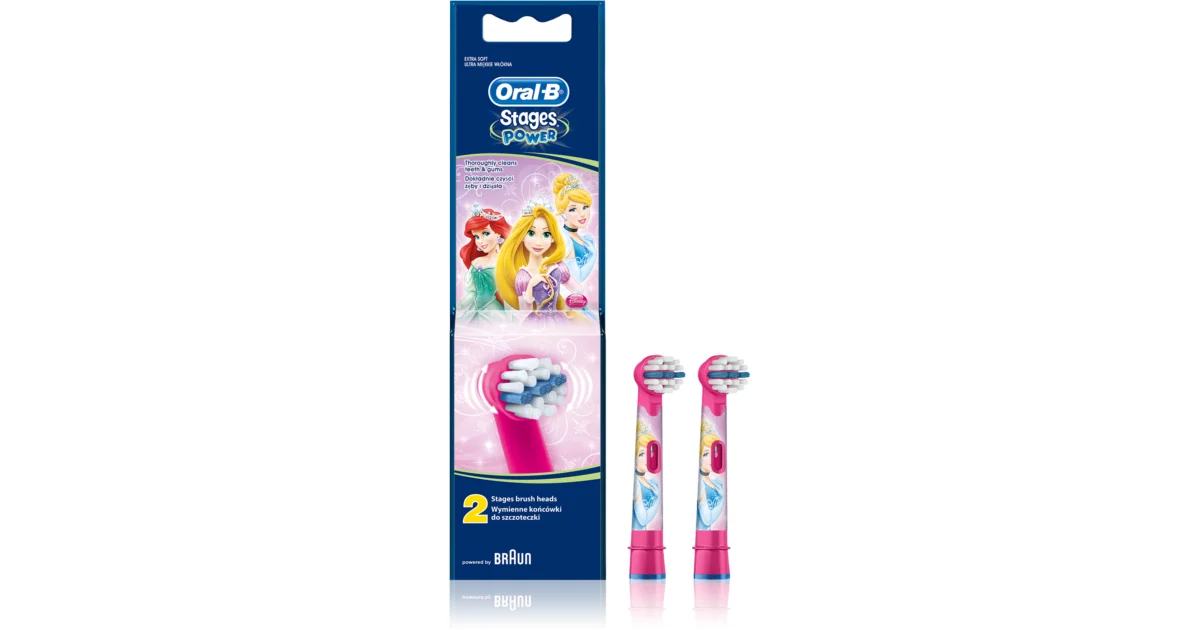
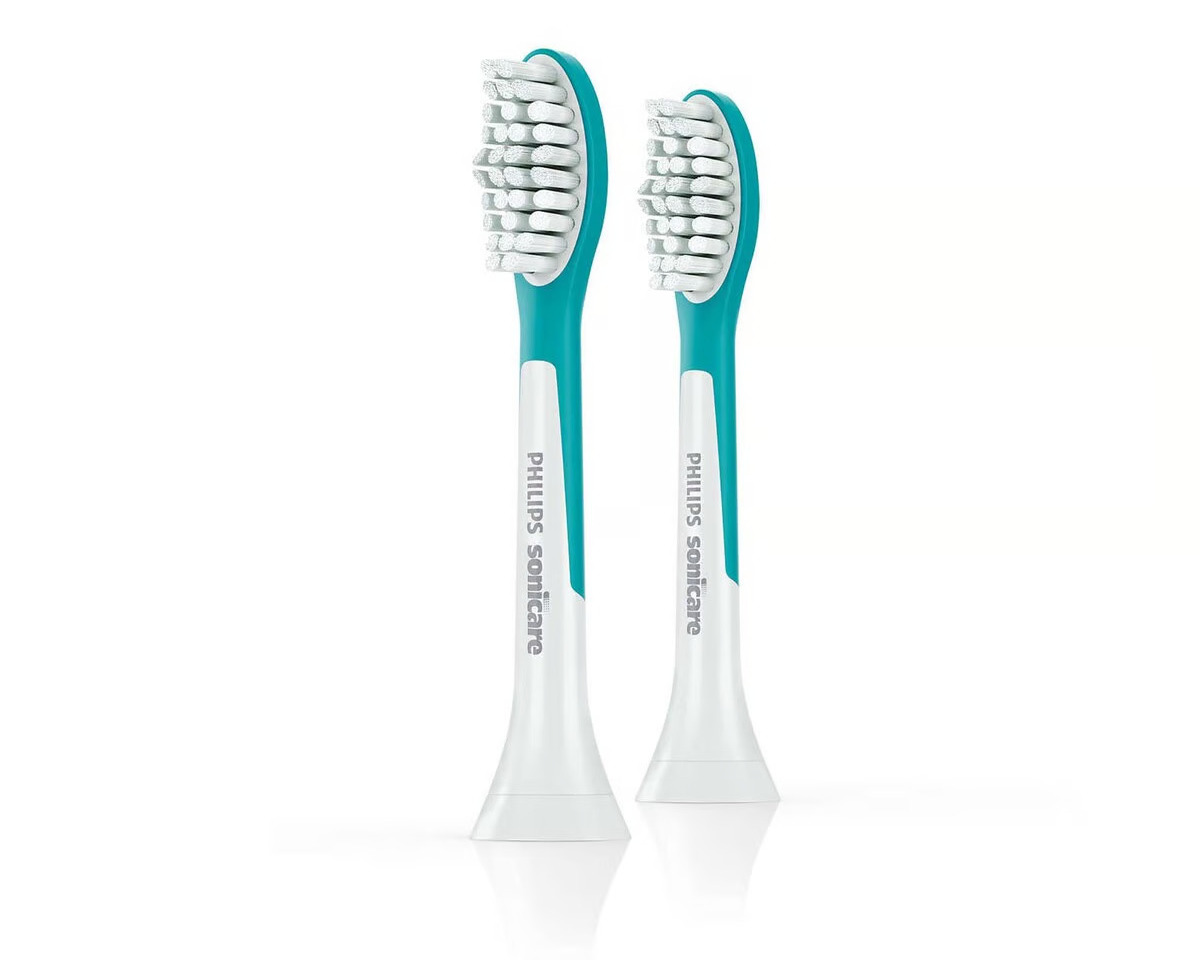
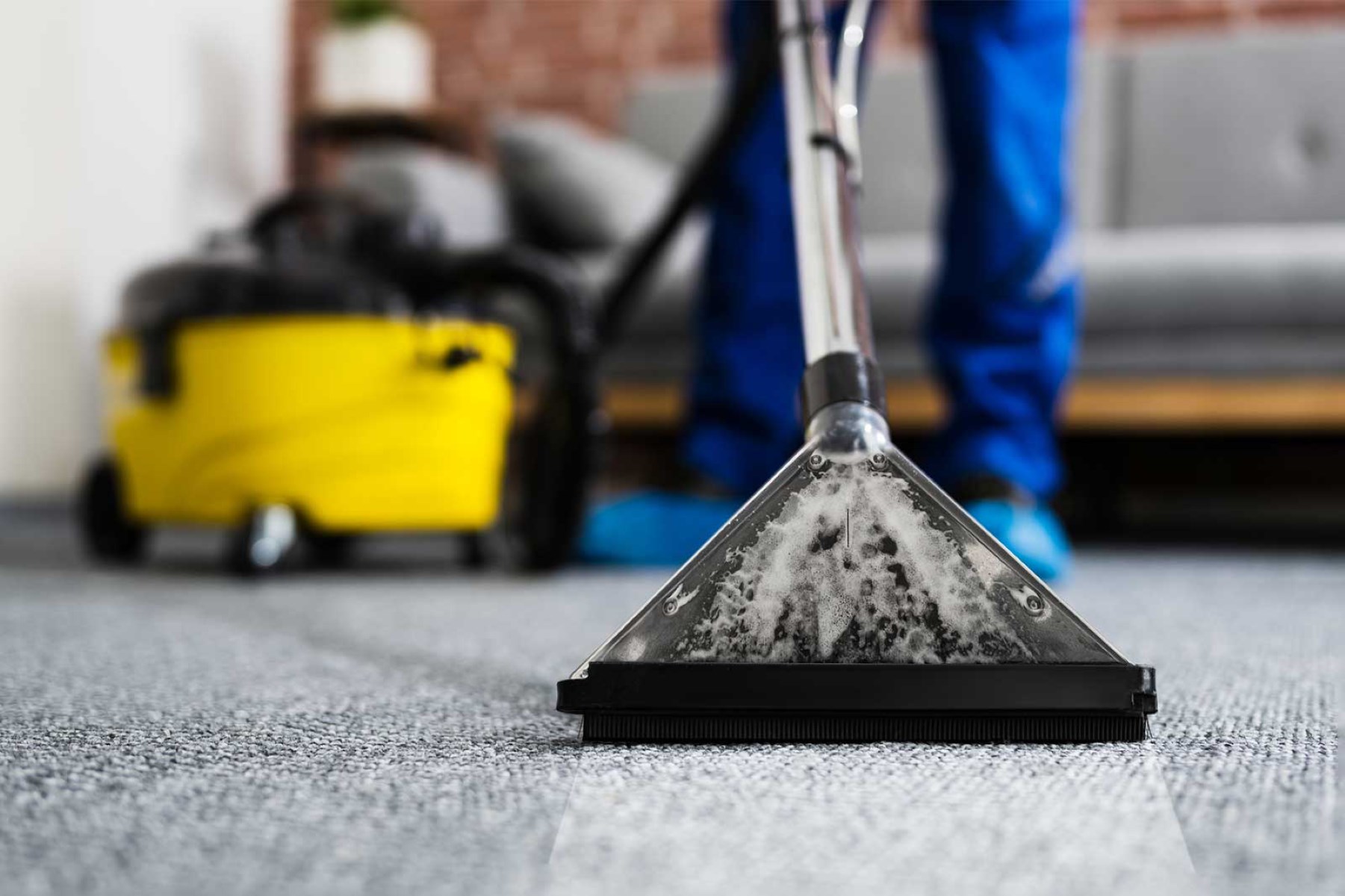

0 thoughts on “How To Sanitize Toothbrush Head”